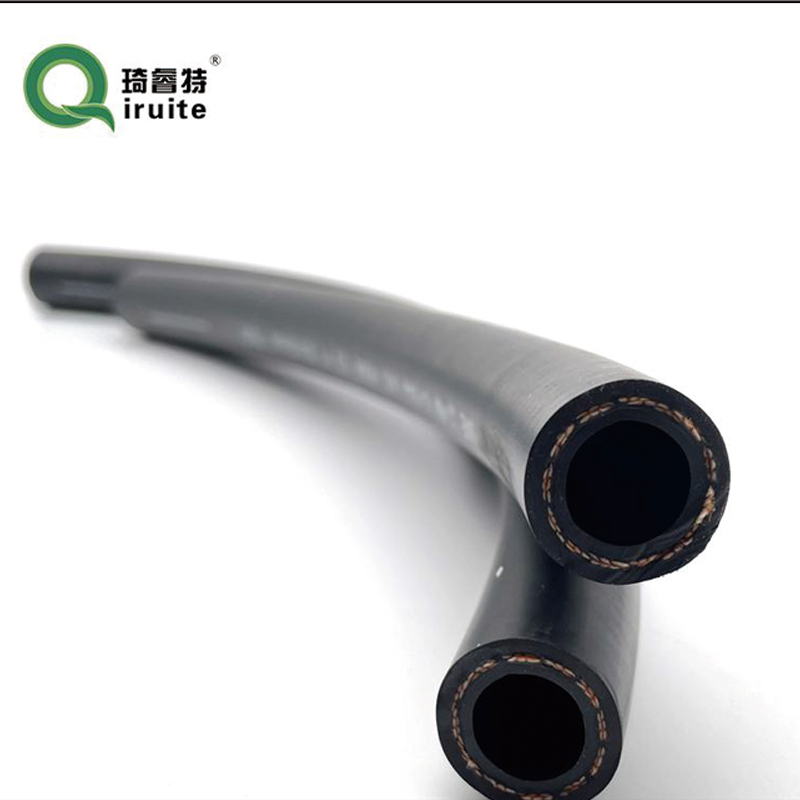Cost Estimates for Repairing Power Steering Hoses and Understanding Related Expenses
Understanding Power Steering Hose Repair Costs
Power steering systems are essential components of modern vehicles, providing drivers with the ability to maneuver their cars with ease and precision. One of the critical parts of this system is the power steering hose, which transports hydraulic fluid between the steering gear and the power steering pump. Over time, these hoses can wear out or become damaged, leading to power steering fluid leaks that can severely impact vehicle performance. When faced with a power steering hose issue, one common concern for vehicle owners is the repair cost. In this article, we will explore the factors affecting power steering hose repair prices and what you can expect in terms of expenses.
Understanding the Role of Power Steering Hoses
Before delving into repair costs, it’s essential to understand the role of power steering hoses. These hoses enable the transfer of hydraulic fluid, which helps to amplify the force applied to the steering wheel. If your power steering hose develops a leak or rupture, it can result in loss of power assist, making steering difficult and potentially dangerous. Signs of a failing power steering hose include difficulty steering, a whining noise when turning the wheel, or visible fluid leaks underneath your vehicle.
Factors Influencing Repair Costs
1. Type of Vehicle The make and model of your vehicle can significantly affect repair costs. Luxury and foreign cars may have higher repair prices due to specialized parts and labor costs.
2. Extent of Damage The amount of damage to the power steering hose will directly impact the cost of repairs. A minor repair or replacement of just a section of the hose will be less expensive than a complete hose replacement.
3. Labor Costs Labor costs vary by location and repair shop. Urban areas typically have higher labor rates compared to rural areas. Additionally, repair shops with specialized experience in handling specific vehicle types may charge premium rates.
power steering hose repair price

4. Parts Quality Quality of replacement parts also affects the price. OEM (Original Equipment Manufacturer) parts are generally more expensive than aftermarket alternatives. While OEM parts may provide better longevity and performance, many vehicle owners opt for aftermarket parts to save on costs.
5. Additional Repairs Sometimes, a power steering hose replacement might reveal other issues within the steering system. If other components need repair or replacement alongside the hose, this will increase your total repair costs.
Estimated Cost Range
On average, the cost for power steering hose repair or replacement can range from $200 to $800. This estimate includes both parts and labor. In cases where only a section of the hose needs to be replaced, costs may be at the lower end of this range. Conversely, if the entire assembly or additional components require attention, the costs may skew higher.
Prevention and Maintenance
To avoid costly repairs, regular maintenance of your vehicle’s power steering system is crucial. Check fluid levels periodically and look for signs of leaks. If you notice any issues, have them addressed promptly to prevent further damage and potential safety hazards.
Conclusion
In conclusion, power steering hose repairs are an essential aspect of vehicle maintenance, and understanding the associated costs can help you make informed decisions. By considering factors such as vehicle type, extent of damage, labor rates, and parts quality, you can better anticipate expenses. Regular vehicle maintenance and timely repairs will not only preserve your vehicle’s performance but also enhance your driving safety. If you're experiencing problems with your power steering system, don't hesitate to consult a trusted mechanic to assess the situation and provide a detailed estimate.
-
Ultimate Spiral Protection for Hoses & CablesNewsJun.26,2025
-
The Ultimate Quick-Connect Solutions for Every NeedNewsJun.26,2025
-
SAE J1401 Brake Hose: Reliable Choice for Safe BrakingNewsJun.26,2025
-
Reliable J2064 A/C Hoses for Real-World Cooling NeedsNewsJun.26,2025
-
Heavy-Duty Sewer Jetting Hoses Built to LastNewsJun.26,2025
-
Fix Power Steering Tube Leaks Fast – Durable & Affordable SolutionNewsJun.26,2025

